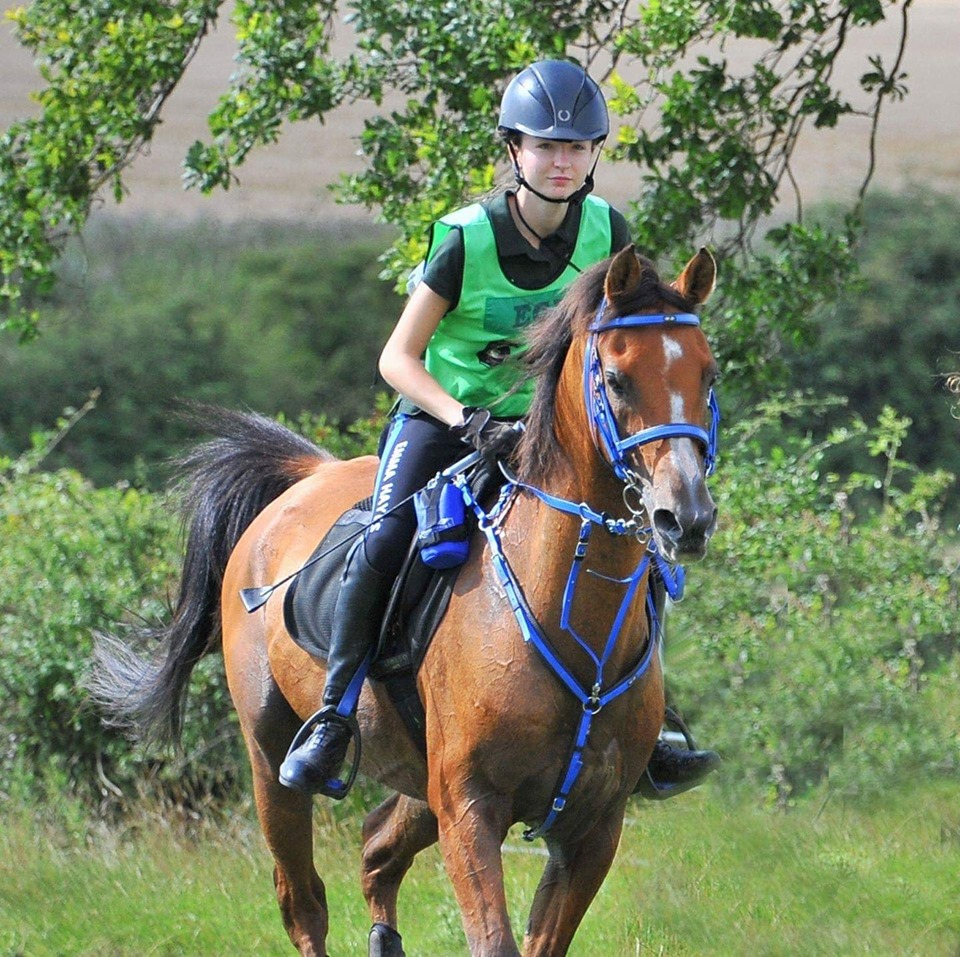
| Academic Year | 2019-2020 |
| ehayes07@qub.ac.uk | |
| Institution | Queen's University, Belfast |
Biography
Phonetic spelling of name: Em-ah
Pronouns: she/her
School: School of Natural and Built Environment
Project: Novel tools for quantifying and managing sediment and nutrient loss from agricultural land.
Supervisors: Dr Donal Mullan, Dr Josie Geris and Dr Suzanne Higgins (AFBI)
Undergraduate Education: BSc Geography at Queen’s University Belfast
Postgraduate Education: N/A
Research: This research project has arisen in relation to the EU’s legislation of the Water Framework Directive (WFD) and Nitrates Directives established due to the widespread global issue of soil erosion and nutrient loss threatening the quality of water bodies due to pollution and eutrophication. The EU WFD and Nitrates Directive aim to improve water quality through reducing the application of fertilisers inappropriately and unnecessarily to agricultural land and by improving agricultural techniques and catchment management to reduce the transportation of sediment and nutrients to water bodies through the processes of runoff and soil erosion. Northern Ireland and Scotland have so far failed to meet this criterion, with over half of all water bodies failing to achieve the ‘good’ ecological status. Current research has indicated that sources of diffuse agricultural pollution, typically from nutrients of phosphorus and nitrates applied to land through chemical fertilisers and slurry, are the main source of waterbody failure through waterway nutrient enrichment and eutrophication. Northern Ireland has issues regarding agriculture application and usage of fertilisers due to excessive post-war application of nitrogen and phosphorus-rich fertilisers, coinciding with the expansion and intensification of farming within the region. Long-term application rates have led to excessive legacy levels of nitrogen and phosphorus present in soils, well above the agronomic optimum needed to sustain crop growth. As a result, even with the Nitrates Directive’s reductions in the usage, application amounts and timing of fertilisation, agricultural soils are still contributing significant quantities of legacy nitrogen and phosphorus to waterways. Studies have indicated that under current climate change trends the issues of runoff and soil erosion are likely to increase in frequency and magnitude. This has huge implications on water quality and requires urgent action to mitigate against such effects. Recent research on catchment management has shown that current observational techniques are either too site-specific or coarse to fully appreciate the variables contributing to waterway degradation through runoff and soil erosion. There is a requirement to develop catchment-based management studies to fully understand the scale, frequency and magnitude of sediment and nutrient loss as proposed by this project.
This project aims to develop a multi-method approach to combine data from computer modelling, remote sensing techniques such as satellite imagery and LiDAR alongside fieldwork-based information to evaluate and monitor nutrient and sediment loss from agricultural land in Northern Ireland. A comparative based study will also be undertaken on an agriculture catchment within Scotland. The project has an associated 3-year plan for investigation and implementation of fieldwork with associated laboratory and desktop analysis:
- Year One: Investigating the sources and losses of sediment and nutrients in catchments. Quantifying pathways and movement, assessing levels of damage to both land and water bodies. Usage of fieldwork (alongside remote sensing e.g. drones and LiDAR data) and laboratory analysis techniques to establish parameters of losses and water quality status.
- Year Two: Management strategies to deal with issues of sediment/nutrient loss and water pollution, could instigate these at a site to see effects of intervention in a positive and negative sense. Field visits to Scotland concerning catchments and areas where management techniques have been introduced and a further view upon the wider context of water pollution and sediment/nutrient loss beyond Northern Ireland.
- Year Three: Monitoring improvements on Norther Ireland catchments and field sites following the implementation of management strategies, repetition of original fieldwork to establish if benefits to water quality and a reduction in sediment/nutrient losses have occurred with a repetition of laboratory analysis in relation to EU Water Framework Directive aims.
The CASE partner associated with my project and the collection and analysis of fieldwork data is the Agri-Food and Biosciences Institute.
Posts
- Women in Science: Emma Hayes on quantifying & managing nutrient & sediment loss from agricultural land
- Adapting to virtual conferences
- Calculating Riverbank Erosion Rates and Sediment and Nutrient Loading Rates using LiDAR
- Differentiation, your nine-month review – don’t panic!
- Planning ahead for post-Covid19 fieldwork
- Investigating the spatial variability of soil nutrients
- About Emma Hayes





















































